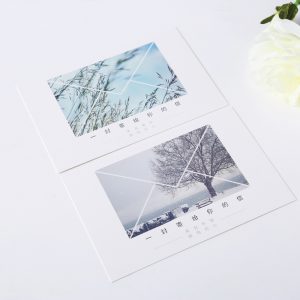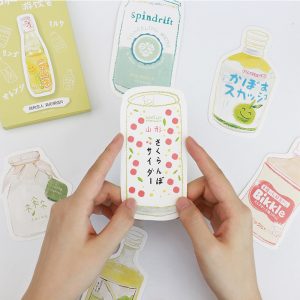The material of the house tends to be wallpaper rather than paint. From the appearance, wallpaper is the “fashion” of the wall. Wallpaper can also reflect the taste and aesthetics of the owner to a certain extent. Not only the style is rich, the color is colorful, the texture is bright, the texture is soft, the sound is breathable, it is not easy to burst, the mounting is simple, the replacement is easy, and it can be cleaned with water, but also has special environmental protection functions such as flame retardant, antibacterial, and antistatic. Differentiation and individuation are its distinguishing features. Whether it is color, pattern, or texture, there is a lot to do. It can provide consumers with unique and personalized wallpaper products, which are other wall decoration materials*.
Wallpaper is a kind of decorative base paper, and decorative base paper is a kind of special paper. Specialty paper is paper with a special purpose and a relatively small output. Specialty paper originated in the United States, Japan, Europe and other places. With the advancement of economy and industrialization, its industrial scale has continued to expand within *. According to statistics, the capacity of the specialty paper market in 2019* is approximately 25.03 million tons. By 2024, the capacity of the specialty paper market will reach 28.02 million tons, growing at a compound annual growth rate of 2.3%. In my country, the output of specialty paper is growing faster than that of paper and paperboard, indicating that its market potential is huge.
Correspondingly, the domestic decorative base paper industry has also developed rapidly in recent years. From 2012 to 2019, the total sales of decorative base paper in my country increased from 587,700 tons to 1,149,800 tons, with a compound annual growth rate of 10.08%. At present, my country has become one of the main producers of decorative base paper. In my country’s decorative base paper industry, small and medium-sized manufacturers are subject to technical thresholds and scale barriers, with small output, uneven product quality, and weak market competitiveness. Therefore, the use rate of wallpaper in my country’s interior decoration has been very low, basically only in large cities, the use rate is only nearly 10%, while the use rate of wallpaper in Europe and America has reached more than 50%, and Japan and South Korea are as high as 98%.
In recent years, with the development of my country’s localized wallpaper, its management has become more and more standardized, and in terms of quality, the quality, color, variety, grade and function of domestic wallpaper are completely comparable to those of foreign wallpaper. Some brands have Reach the * level. Several large manufacturers, including Qifeng New Materials, Xianhe shares, Lunan New Materials and the company, have occupied major market shares with strong production capacity, stable product quality and rich sales channels.
In the future wallpaper market, market competition will become more intense, but the prospects for localized products are promising, and individualization and customization will become its development trend.








